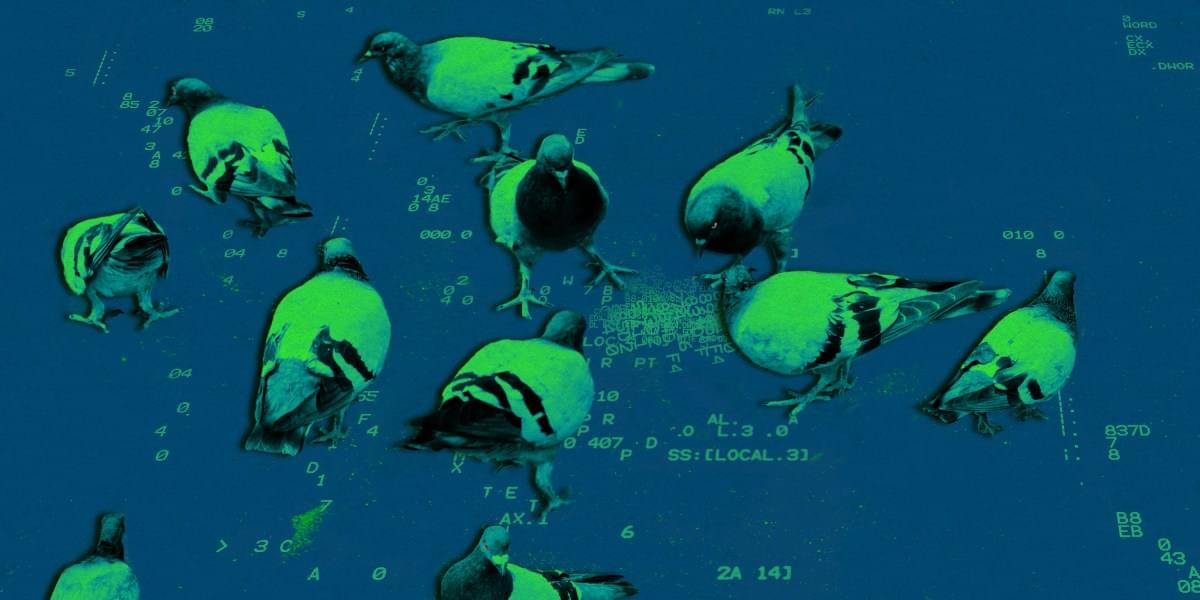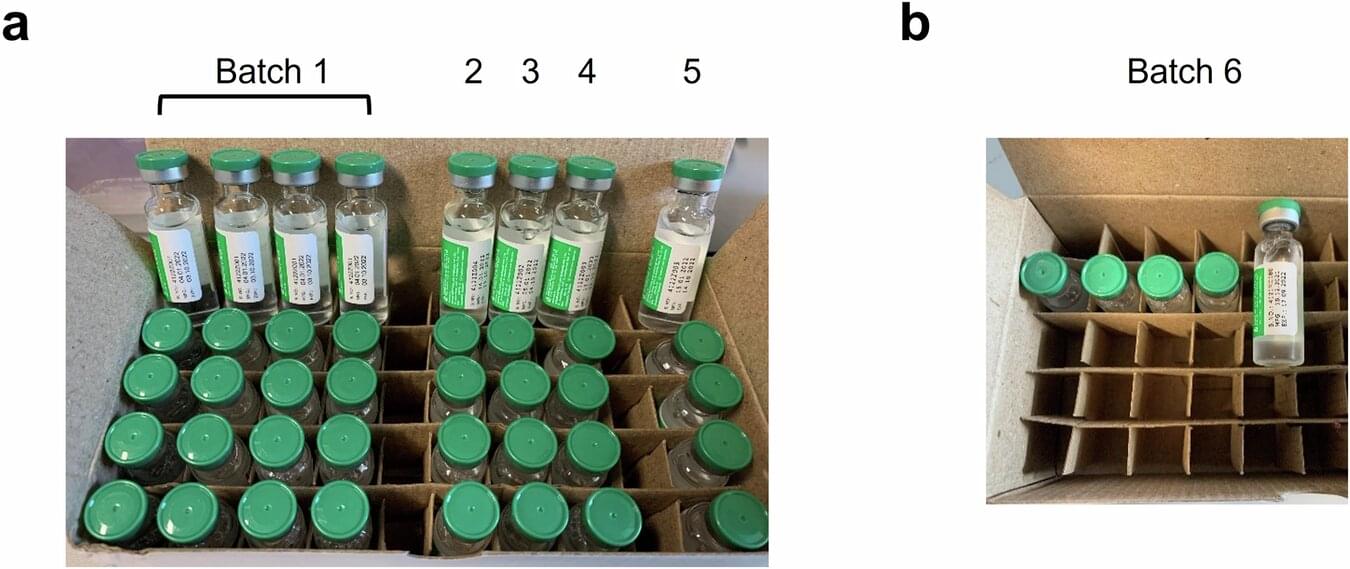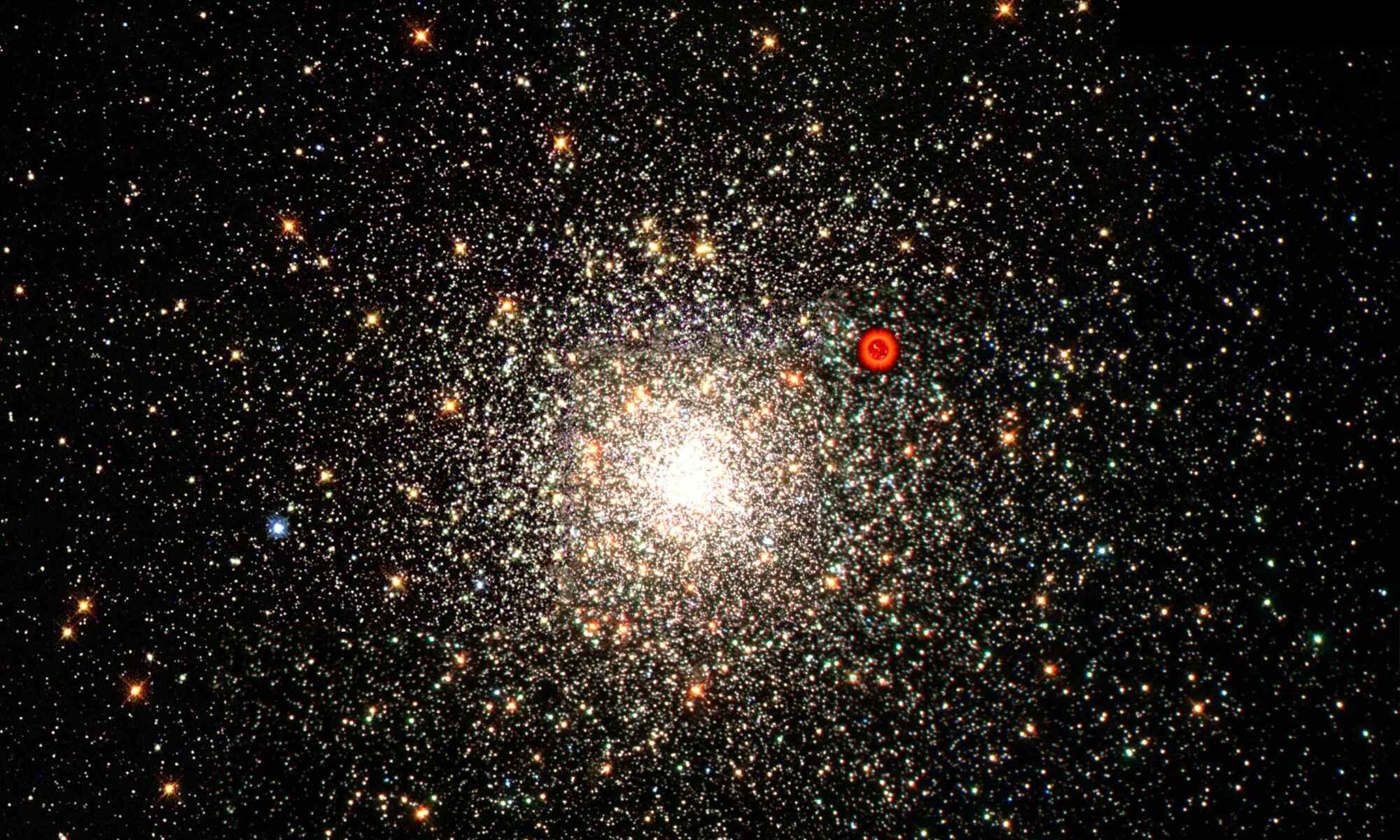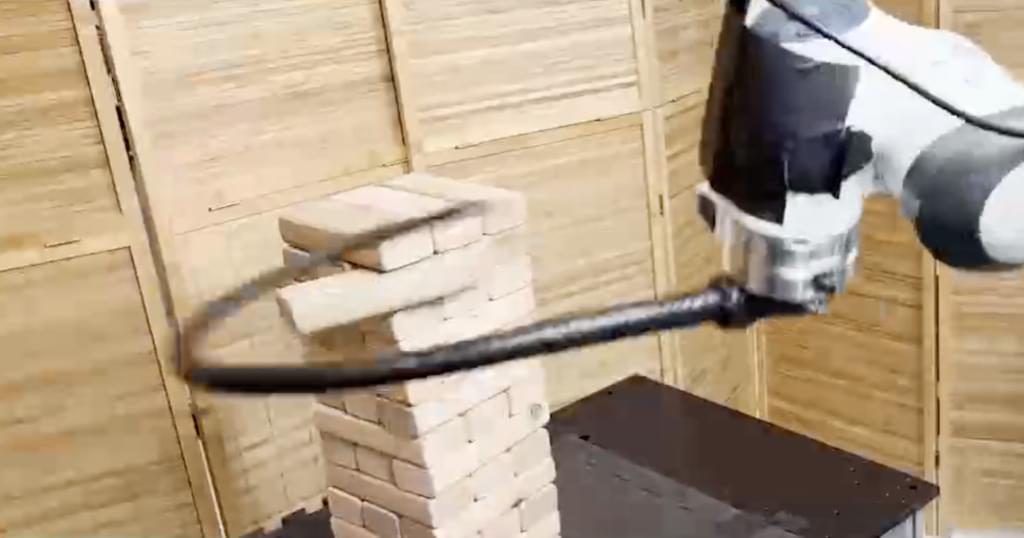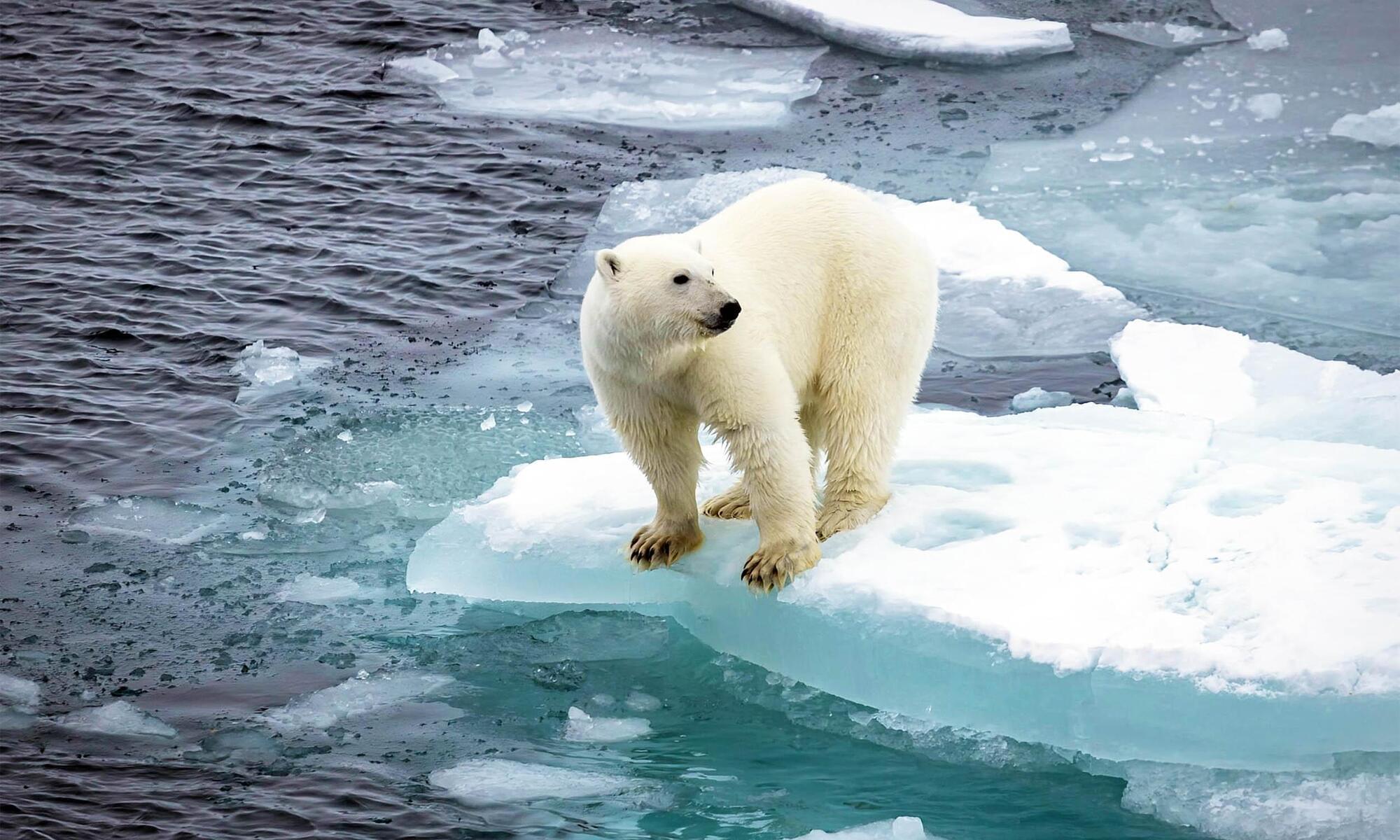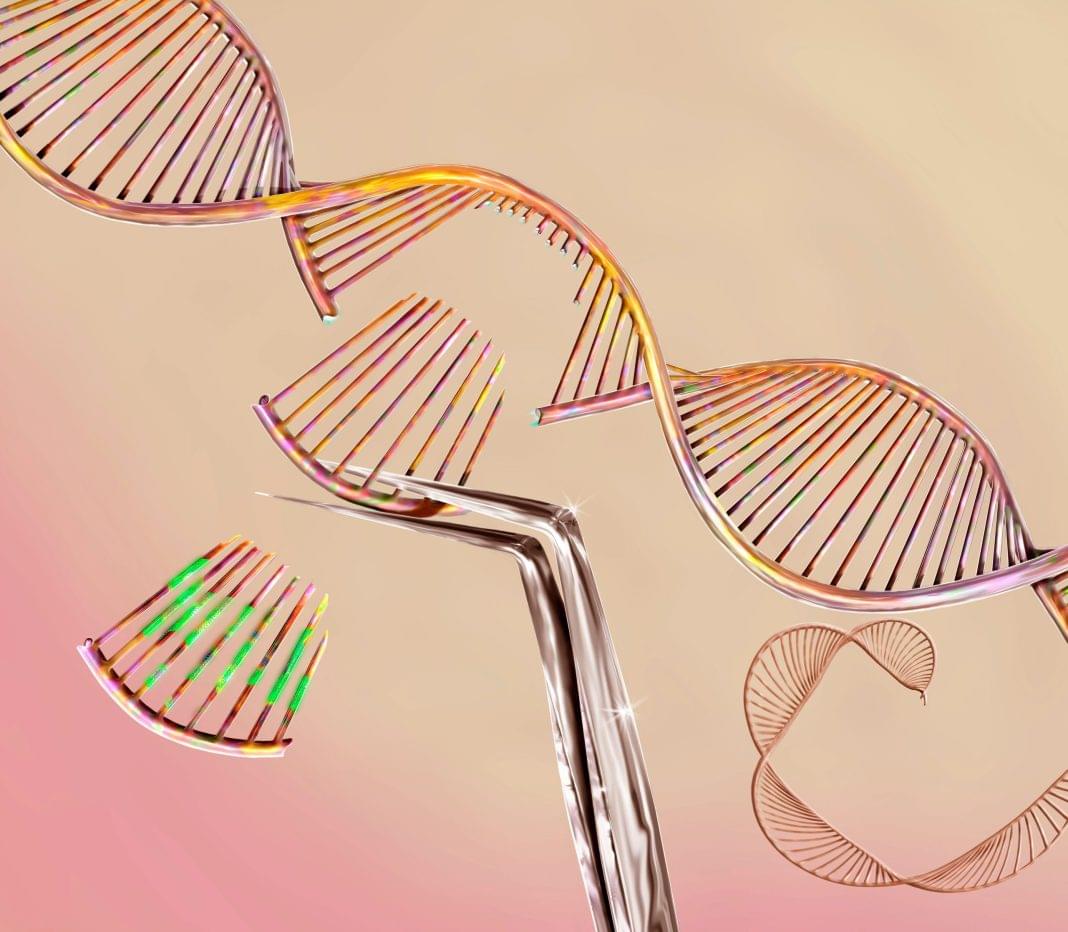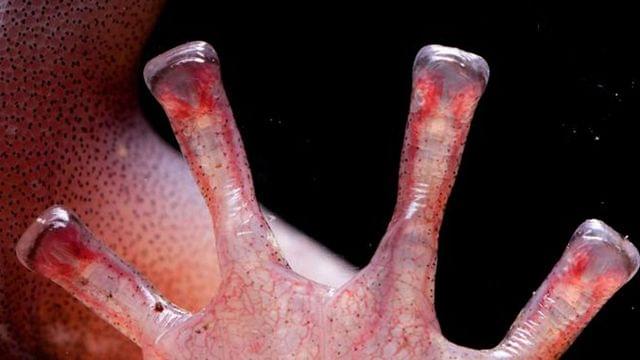Cancer is infamously cunning, expansive and relentless. It has a talent for evading treatment, spreading throughout the body and coming back again and again. Despite a steady decline in U.S. cancer mortality rates thanks to better screening and treatments, the absolute number of deaths from cancer continues to tick up, in part because of an aging population.
In response, scientists and clinicians are taking a page from cancer’s playbook, learning to be just as cunning, expansive and relentless in their efforts to beat back the disease. Cancer is meeting its match.
“The field of oncology has been completely transformed from where it was 15 years ago — many aspects of cancer treatment resemble science fiction now,” said Steven Artandi, MD, PhD, the Laurie Kraus Lacob Director of the Stanford Cancer Institute.


